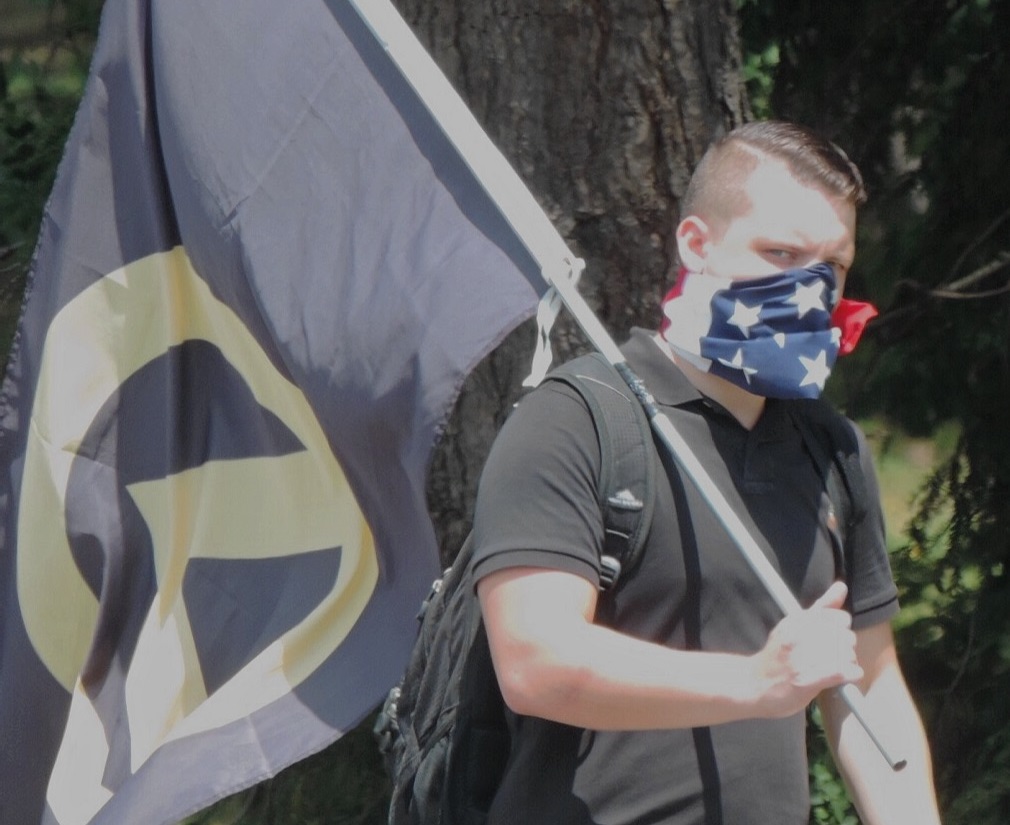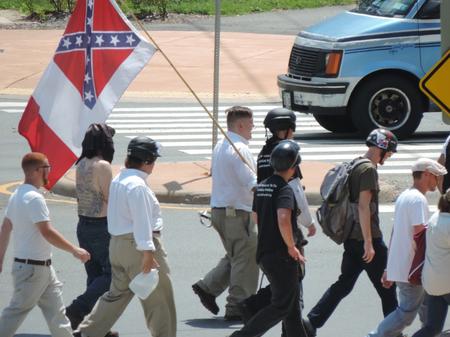How We Got To Charlottesville: The History of White Supremacist Groups
“Now, all of a sudden, what was hidden is now not.”


Over the weekend we witnessed, as a nation, an emboldened group of white supremacists gather in Charlottesville, VA in protest of the removal of Confederate monuments. Thousands of white men carrying torches marched down a darkened pathway, chanting bigoted sentiments, and harkening back to a dark era in American history of lynching and unregulated violence against black people.
The following morning many of those same white men marched with Confederate and Nazi flags, some came dressed in combat fatigues and carried large rifles. As we saw, the ensuing clashes with counter-protesters spread chaos and confusion throughout the city, and eventually led to a man from Ohio ramming his car into a group of peaceful counter-protesters marching down the street, killing 32 year old Heather Heyer and injuring 19 others.
It’s true that KKK rallies and white supremacy aren’t new in this country, neither is Neo-Nazism. But it’s hard to tell how much, if at all, the sentiment is growing. Or are we just living in a window of time when those groups feel more free to live a life of public hatred and bigotry?
Dan Gottlieb is an associate professor of psychology at Sweet Briar College who was near the scene of the vehicle attack in Charlottesville and saw the aftermath of that incident. He describes the scene on Detroit Today.
“When you saw the different white supremacist groups together, they all had different flags and they were flying them,” says Gottlieb. “I’d never seen that all out in the open before… There was that… feeling where you were witnessing something big in a sense. Now, all of a sudden, what was hidden is now not.”
Kidada Williams, associate professor of African American history at Wayne State University and an expert in racial violence, says it’s not clear whether these groups are gaining new members or power.
“There might not be a rise in membership,” says Williams. “But there might be a rise in association or allyship with the groups. So, they might not feel comfortable joining the group or being seen with with group, but they have some of the same beliefs and often act on them in ways that are overt and covert.”
Click on the audio player above to hear the full conversation.
